It is easy to imagine Dr. Sean Bendall being included in the “40 Under 40†directory of the United States (40 young people with outstanding performance in each field); he was an assistant professor at the Stanford Nolan Laboratory, located in Palo, USA. The town of Alto is part of the National Heart, Lung, and Blood Institute (NHLBI) at the California Proteome Research Center. Bendall is an outstanding representative of a young man whose work has deeply influenced the field of research he is engaged in. Nowadays, an emerging movement is quietly emerging in the biological world. A series of techniques for single-cell biology are emerging. They are prompting scientists to re-examine some traditional research fields from a new perspective. Bendall is at the forefront of this movement.

Fluidigm's CyTOF experimental system not only simplifies the original complex workflow, but also takes single-cell research to a new level. Based on this, Bendall and his forward-thinking colleagues have gained many new discoveries. Their research is on the human immune system. Compared with the mature immune system, the dynamic process of development is more complicated. They are using CyTOF to reveal this process in detail; this is the application of CyTOF in new fields. Provide a new research idea.

Figure 2. Composition of mass spectrometry experimental system
During his tenure at Nolan Labs, Bendall and his colleagues combined protein phosphorylation flow technology with mass spectrometry flow technology. The laboratory has been committed to the improvement of flow cytometry and the development of related single cell assays and is now a leader in this field.
By combining proteomics with advanced data analysis methods, the laboratory has successfully studied the normal and diseased cell signaling pathways, a revolutionary approach. Bendall took a lot of inspiration from his time at Nolan Labs and used them in his new lab. Currently, the two laboratories still work closely together and share their CyTOF system. Currently, Bendall's laboratory is part of the Department of Pathology at Stanford University and is located at the Stanford Blood Center, where he focuses on human hematopoiesis and the immune system, as well as signaling mechanisms under health or pathology (carcinogenesis, allergy and autoimmune diseases). .
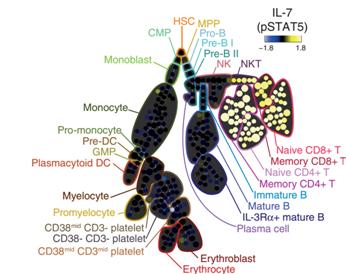
Figure 3. Signal path analysis of bone marrow using CyTOF (SPADE analysis)
At the same time, interdisciplinary collaboration between NHLBI and Stanford is underway, and they have conducted four research projects in areas such as pulmonary hypertension (PAH) and autoimmune diseases. Their collaboration fits well with the growing trend of genomics and proteomics. Bendall explained that genomic data has a broad coverage, while single-cell proteomics data measures limited parameters at the single-cell level. In Bendall's own work, he first used group science to open up broad ideas and then narrowed his assumptions step by step. "I don't pretend that I am a single-cell molecular biology expert," he then mentioned Steve Galli, a partner in the field of allergic reactions in humans. He can be considered a thought leader in the field. He is currently the head of the Department of Pathology at Stanford University. Expert in allergic reactions and allergic immune cell function.
However, Bendall is an expert in single-cell proteomics and flow analysis techniques. In theory, he can perform flow cytometry analysis in his laboratory, then take the samples to the other side of the campus and place them in another laboratory's inspection system for testing. Therefore, he may soon be able to communicate with the world on both sides of the University Square.
Seeing the bright future of knowledge sharing and having the means to achieve it, Bendall, who has always loved technology, is very excited. Through years of systematic research training, he has become a biochemist who studies proteins. His undergraduate studies began with a focus on biochemistry and microbiology, and then moved to protein chemistry, proteomics, and mass spectrometry. Later, he worked in a proteomics laboratory and worked with another laboratory to study human hematopoiesis and embryonic stem cells.
In the study, Bendall noted that proteomics can analyze the overall condition of tens of millions of cells; stem cell research needs to understand the function of individual cells; this seems to be a paradox.
“When the real fundamental problem lies in the function of a single cell, it is very difficult to perform an overall analysis of a large number of cells,†Bendall recalls.
This requires a lot of follow-up work, because the analysis of the population is effective only if the cells of interest are just the majority. It was this “technical obstacle†that brought Bendall to Stanford, where he came up with a tool to solve such problems – the mass spectrometry technology based on single-cell detection.
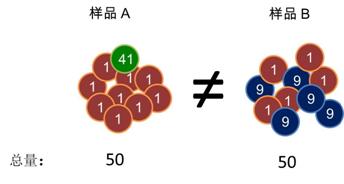
Figure 4. Necessity of single cell detection: overall data masks cell diversity
One of the big challenges for Bendall is to do human research. In the case of human beings, the means available can be more limited—because it is less likely to interfere with people who are research subjects. "We can't get a cage and keep the people we study inside." Bendall laughed. We can knock out a mouse gene and compare it to another mouse with the gene. But when the subjects are human, we often have to compare different cells in a system without intervention. Bendall uses single cell analysis to eliminate this complexity. The goal is to create a set of techniques that illuminate the role of drugs and genes in the human body.
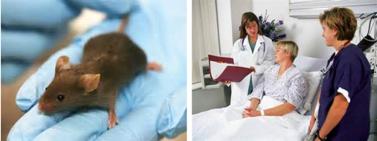
Figure 5. The challenge of human research is that the technical means that it can use are more limited.
To achieve this goal, Bendall is reimagining its experimental strategy to apply single-cell analysis to relevant research. In general, detecting the same sample on different platforms produces similar data, so Bendall first uses single-cell proteomics to analyze the sample and then uses another platform for more in-depth research.
"Differentiated stem cells -- especially in culture dishes -- are a mixture of cells," he said. Measuring these cells one by one helps to understand the heterogeneity of the population and classifying them, which helps Bendall focus on specific cell types and prevent experimental results from being affected by the polymorphism of the organism itself.
Several projects are currently underway at Bendall's Lab, the first of which is the use of single-cell proteomics to study human allergic granulocyte populations. On the one hand, he is observing cells in the patient's body that are associated with conventional allergic reactions. On the other hand, he is combining basic biological research with human embryonic stem cell research. Embryonic stem cells can be genetically manipulated, so that the function of different regulatory proteins can be studied.
Although the scientific community knew these types of cells decades ago, Bendall explained, “We have not really understood what the normal level of so-called 'heterogeneity' is, and how they change in cases of allergic diseases. His research may also be applied to clinical trials of allergy immunotherapy being organized by Stanford. To put it simply, Bendall's research focus is "We understand the abnormalities when we understand normal."
Sometimes, normality is ignored at the beginning. When Bendall came to the Nolan lab, many people were studying leukemia. Bendall is also using CyTOF to study acute myeloid leukemia when they study cancerous bone marrow samples. His first question was simple: "What does a healthy bone marrow look like?" But the lab didn't have a healthy bone marrow sample, so Bendall suggested that they start there. Because the basis of the pathology score is "how far away from normal," quantitative analysis of normal tissue is critical to understanding and predicting tissue abnormalities.
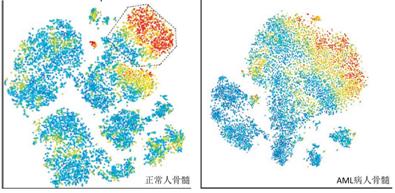
Figure 6. Comparison of bone marrow between normal and AML patients using CyTOF (analytical method: viSNE)
Bendall's second pending project aims to explore how single-cell technology can be applied to hematology research. Immunological studies of the human hematopoietic system have been a hot topic for many years because it is closely related to bone marrow transplantation. Based on the findings, Bendall hopes to understand the precise mechanism of bone marrow implant syndrome by comparing the success of the transplant and the events occurring in the bone marrow of the problematic case. So he intends to use a single cell technique to perform a detailed analysis of its mechanism.
"We don't want to clarify the composition of the sample based solely on the cell surface Marker," Bendall said. "We can also use intracellular regulatory biochemical molecules that affect cell behavior." His research may become a viable clinical approach. For example, according to his research, if one person has too many cell types and the other is not enough, the treatment plan may be finely adjusted according to the patient's condition to achieve individualized treatment.
Bendall's work may also help redefine how scientists design experiments. “Traditional streaming research often has a strong 'hypothesis-driven' color,†he said. "They tend to be some 'yes or no' questions, or a list." But what if you don't know what to look for?
In an article published in Cell in Bendall in April 2014, he discovered several new components of B-cell precursors in normal human bone marrow, which was not previously reported. A group of B cells called "component three" played the role of "gatekeeper", which determined the maturity of B cells and acted as a "checkpoint" to prevent autoimmunity. This is a major discovery:
"The ratio of these cells in the bone marrow is about one in ten thousand," Bendall explains. "So, unless you clearly know what the characteristics of the cells are, you can't find them randomly."
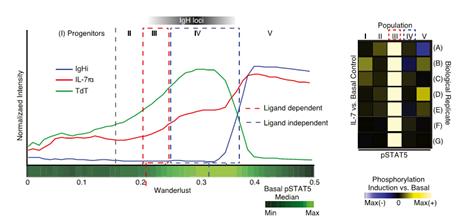
Figure 7. In 2014, Bendall reported a new B cell precursor subpopulation in Cell. (Population 3)
CyTOF data can help it find the right cell population, which allows Bendall to further perform genomic analysis to demonstrate that B cell genomic rearrangements increase with cell development. This is more than just a discovery - it has become a completely new strategy. It gave Bendall a new workflow, which combines genomics and proteomics in this phased approach, and finally extracts his conclusions in the end.
"In a cell population, perhaps two-thirds of a third of the cells are the most interesting," Bendall said. "I don't know how to distinguish these cells, but now I have a basic concept that I can pre-purify and move them to the next experiment. In the following steps, you can use the other indicators such as gene expression to dig deeper into the cell. Information. This is a combination of different technologies that truly achieve "continuous attacks."
First, Bendall used CyTOF to discover a new cell population and then sequenced mRNA to find its unique surface marker. According to these surface markers, it is possible to enrich a special cell population using conventional flow. The cells are treated with stimuli or drugs, and finally their biological effects are studied in depth by gene sequencing or mass spectrometry.

Figure 8. New research strategy: the combination of mass spectrometry and conventional methods such as conventional flow and DNA detection.
Both single-cell technology and the CyTOF experimental system are at the forefront of this phased research strategy, enabling scientists to "handle small numbers of samples while presenting many, many questions," he said. To some extent, Bendall and his colleagues walked for the first time on a path back to basics. Cells are the basic unit of life, and you can understand more when you look at them one by one.
Extended reading:
Single-Cell Trajectory Detection Uncovers Progression and Regulatory Coordination in Human B Cell Development (http://s.oatos.com/f07358?locale=zh_CN )
Colon Hydrotherapy Machine Principle:
The Colon Hydrotherapy Machine adopts the non-intrusive method to provide a safe and comfortable therapy, and it can operated easily; the user only need to hold the are-shape hydrotherapy nozzle and put it on the anus gently, the treated pure water with constant temperature and pressure will flow into the colon from the anus.
a lubricant layer between the intestinal wall and feces forms soon after water enters the colon; then the impacted feces and toxins will be evacuated through natural excretion mechanisms by decomposing the impacted feces, and promoting the squirm of large intestine.
The process enables a quick and thorough defecation. It is completely painless, non-toxic and free of side effects. Besides, the ozone generator in the system can provide ozone water for gynecologic and skin sterilization.
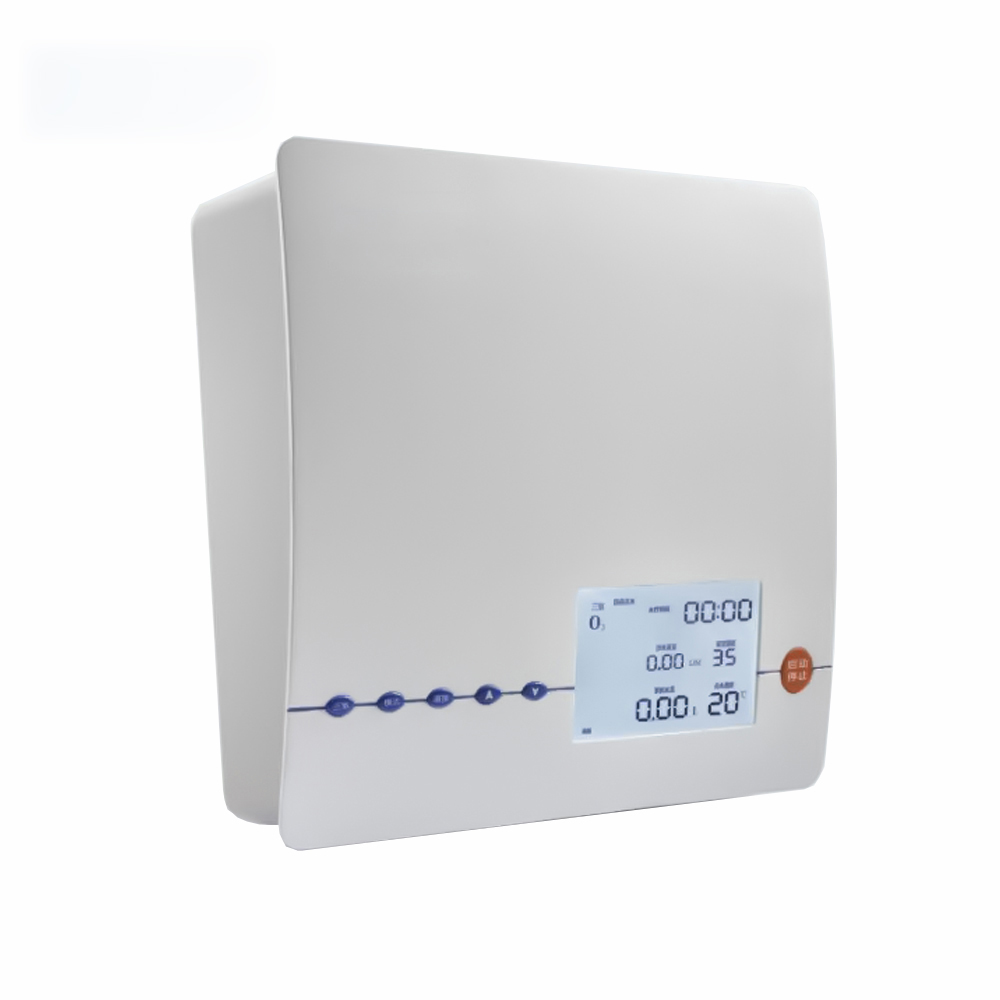
Colon Hydrotherapy Machine Function:
Get rid of constipation: colon hydrotherapy system will dissolve and dilute impacted feces, and stimulate the natural defecation function. Eliminate impacted feces and toxins: colon hydrotherapy system adopts physical method to clean out the impacted feces and toxins, thus it will reduce risk of
[autointoxication".
There`re not only the residues of digested food but also a lot of toxins, such as ammonia which may induce hepatic coma, hydrogen sulfide affecting the nervous system, methylindole leading to cancer, botulinum toxin, Tan toxic alkali, benzene, formic acid, butyric acid and so on. With the growing age, feces and toxins gradually accumulate in the body;
Been absorbed into the blood system by the intestinal mucosa, they will cause damage to the organs, meanwhile, lead to digestive system diseases and skin problems, even though make blood pressure problem, heart disease, Alzheimer`s and other symptoms worse. Impacted feces accumulate in the colon for a long time is an important inducement to the colorectal cancer.
Gynecologic and skin sterilization: colon hydrotherapy system (except comfort type) has ozone generator to produce ozone water for sterilization of harmful bacteria. Except for removing surface skin bacteria, it can also used for killing harmful bacteria which may cause gynecological inflammation, so it can be used for the treatment of vulva inflammation.
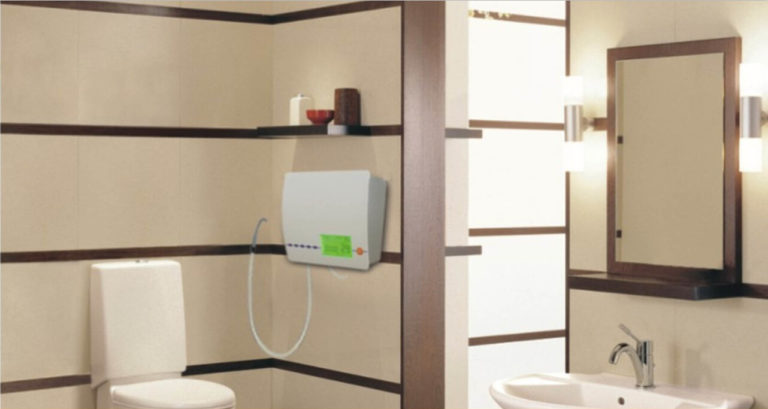
Colon Hydrotherapy Machine,Colon Hydrotherapy,Portable Colon Hydrotherapy Machine,Colon Hydrotherapy Equipment
Shenzhen Guangyang Zhongkang Technology Co., Ltd. , https://www.szlighttherapymachine.com